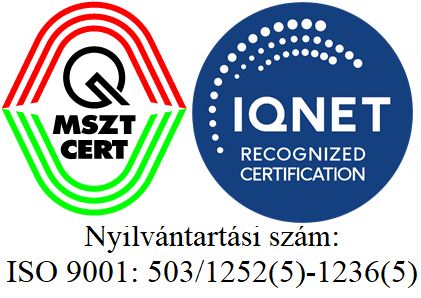INES
INES scale
INES is a tool for promptly communicating to the public, in consistent terms, the safety significance of reported nuclear and radiological incidents and accidents. It incorporates a wide spectrum of practical applications including such industrial uses like radiography, medical use of radiation sources, activities in nuclear facilities as well as the transport of radioactive materials.
The scale was designed by an international group of experts first convened jointly in 1989 by the IAEA and the Nuclear Energy Agency of the Organisation for Economic Co-operation and Development (OECD/NEA). Its original version reflected the experience gained from the use of similar scales in France and Japan as well as from consideration of possible scales in several other countries. Since that the IAEA in cooperation with the OECD/NEA has been developing the scale.

The Scale was initially applied to classify events at nuclear power plants and then extended and adapted to enable it to be applied to judge the importance of any event related to as many of peaceful application of atomic energy as possible. Thank to the most recent developments currently the Scale is applicable to classify events associated with radioactive material and/or radiation and to any event occurring during transport of radioactive material. A document of very extended volume is available for the experts to classify any event on the INES Scale, the original English version of which is available here (...).
The following form is meant to classify the events on the INES Scale: … Events are classified on the Scale at 7 levels: the upper levels (4-7) are termed as accidents and the lower levels (1-3) as incidents. Events which have no safety significance are classified below scale at level 0 and are termed as "deviations". Events which have no safety relevance are termed "out of scale". In order to provide clear information for the public of the events the classification assigns unambiguous terms to the various levels of the Scale. In growing order of severity: anomaly, incident, serious incident, accident with local consequences, accident with wider consequences, serious accident, major accident. During the development of the Scale it was the purpose that each level represents a degree higher, more severe consequence than the previous level (it means that the scale is logarithmic).
The 1986 accident at the Chernobyl nuclear power plant had widespread environmental and human health effects. It is thus classified as Level 7. The criteria used as basis for classification are designed so to provide a clear difference between the lower importance and consequence cases from this very serious accident. The accident occurred in 1979 at Three Mile Island in the USA, which resulted in a severely damaged reactor core therefore was classified as Level 5. The accident of three units of the Fukushima Daiichi Nuclear Power Plant due to an earthquake and the subsequent tsunami was classified one-by-one at first, but later the conclusion was a common classification at Level 7 based on the radioactive material released, despite the accident did not have wide scope health effects. Such events can be seen in the table below, which represent different severity and classified at different levels of the Scale based on the classification criteria.




 ©HAEA - All rights reserved
©HAEA - All rights reserved